Lamb stew, a hearty and comforting dish, has been a staple in culinary traditions across various cultures for centuries. Its rich, earthy flavor and tender meat make it an ideal choice for cold weather, providing both warmth and nourishment. While the lamb itself is the star of the show, the addition of vegetables can elevate this dish to new heights, adding layers of taste, texture, and nutritional value. In this article, we will explore a variety of vegetables that pair exceptionally well with lamb stew, transforming it into a meal that is not only satisfying but also visually appealing and balanced in nutrients.
Root Vegetables: The Classic Companion
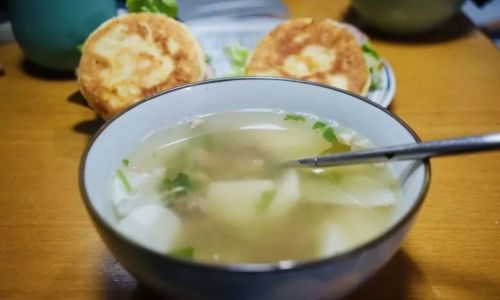
Root vegetables, such as carrots, potatoes, turnips, and parsnips, are natural partners for lamb stew. Their starchy nature helps to thicken the broth, creating a rich and creamy texture that complements the lamb’s fatty juiciness. Carrots, with their natural sweetness, add a touch of brightness to the stew, balancing out the richness of the lamb. Potatoes, on the other hand, absorb the flavors of the broth beautifully, making each bite a flavorful experience. Turnips and parsnips offer a slightly nutty and earthy flavor, adding depth to the stew without overpowering the lamb.
When preparing these vegetables, it’s essential to cut them into similar-sized pieces to ensure they cook evenly. A general rule is to add them halfway through the cooking process, allowing them to soften and meld with the stew without becoming mushy.
Brassicas: Adding a Crunch and a Kick
Brassica vegetables like cabbage, Brussels sprouts, and kale bring a fresh, slightly bitter note to lamb stew, providing a delightful contrast to its rich flavors. These vegetables are also packed with vitamins and minerals, making the stew more nutritious. Cabbage, shredded or chopped into bite-sized pieces, adds a crunchy texture and a subtle sweetness that balances the stew’s richness. Brussels sprouts, when cooked until tender, offer a nutty flavor and a delightful burst of flavor with each bite. Kale, with its dark green leaves, adds iron and calcium to the dish while its slightly bitter taste complements the lamb’s umami.
When incorporating brassicas into lamb stew, it’s best to add them towards the end of cooking to preserve their texture and vibrant color. A quick sauté in the stew’s juices before adding them to the pot can also enhance their flavor.
Legumes: Boosting Protein and Fiber
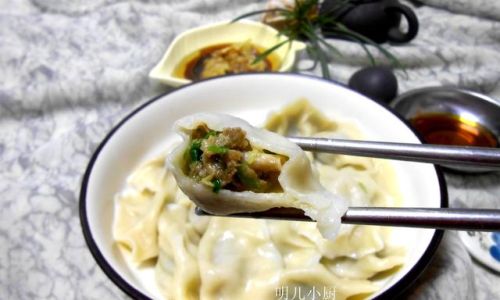
Legumes such as beans, lentils, and peas are excellent additions to lamb stew, providing additional protein and fiber. Their ability to absorb flavors makes them a perfect match for the stew’s rich broth. Beans, especially white beans or chickpeas, add creaminess and a subtle nutty flavor. Lentils, which cook quickly and hold their shape well, offer a hearty texture and a mild, earthy taste. Peas, whether fresh, frozen, or dried, add a sweetness and a pop of color to the stew.
When using legumes, it’s important to soak and cook them separately until almost tender before adding them to the stew. This prevents them from becoming overly mushy and ensures they retain their shape and texture.
Aromatics: Elevating the Aroma and Flavor
Aromatics like onions, garlic, and celery are the unsung heroes of lamb stew. They create a flavorful base that amplifies the lamb’s natural flavors. Onions, sautéed until translucent, add sweetness and depth. Garlic, minced or sliced, brings a pungent, savory note that rounds out the stew’s profile. Celery, with its delicate stalks and mild flavor, adds crunch and a hint of freshness.
These aromatics should be sautéed together in a bit of oil or fat from the lamb before adding the broth and other ingredients. This process, known as “sweating,” releases their juices and essential oils, creating a flavorful foundation for the stew.
Herbs and Spices: The Finishing Touch
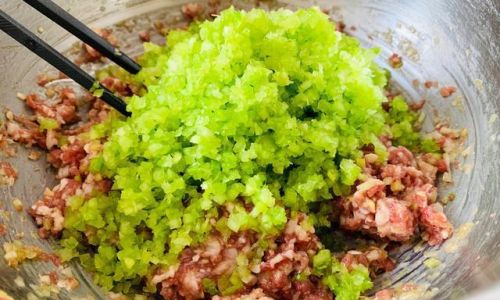
While not vegetables, herbs and spices play a crucial role in enhancing the flavor of lamb stew. Fresh rosemary, thyme, and parsley add a fresh, herbal note. Dried spices like cumin, coriander, and paprika bring warmth and complexity. A sprinkle of bay leaves and a pinch of black pepper can also elevate the stew’s aroma and taste.
These herbs and spices should be added at different stages of cooking. Hardier herbs like rosemary and thyme can be added early, while more delicate ones like parsley should be reserved for the end to preserve their fresh flavor.
Conclusion
In conclusion, lamb stew is a versatile dish that can be enhanced with a wide variety of vegetables. Root vegetables provide a classic, hearty base, while brassicas add crunch and a fresh flavor. Legumes boost the stew’s nutritional profile, and aromatics create a flavorful foundation. Herbs and spices, the finishing touch, elevate the dish to new heights. By thoughtfully selecting and combining these ingredients, you can create a lamb stew that is not only delicious but also nutritious and visually appealing. Whether you’re cooking for a family dinner or entertaining guests, this dish is sure to impress and leave everyone feeling satisfied and warm.
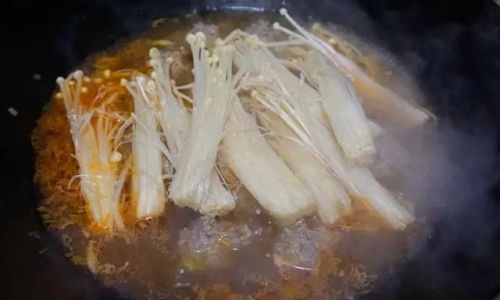

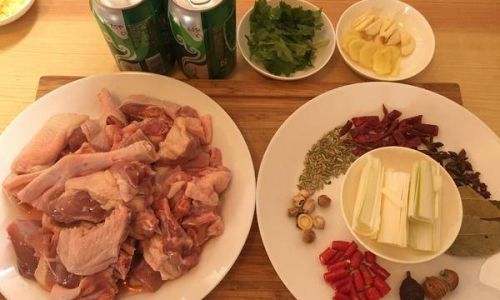

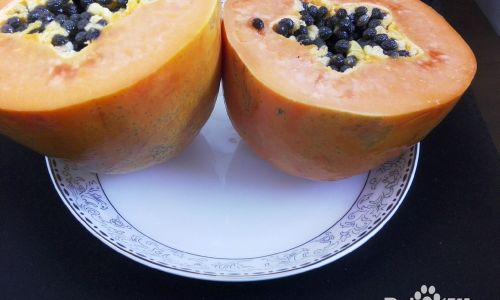
0 comments